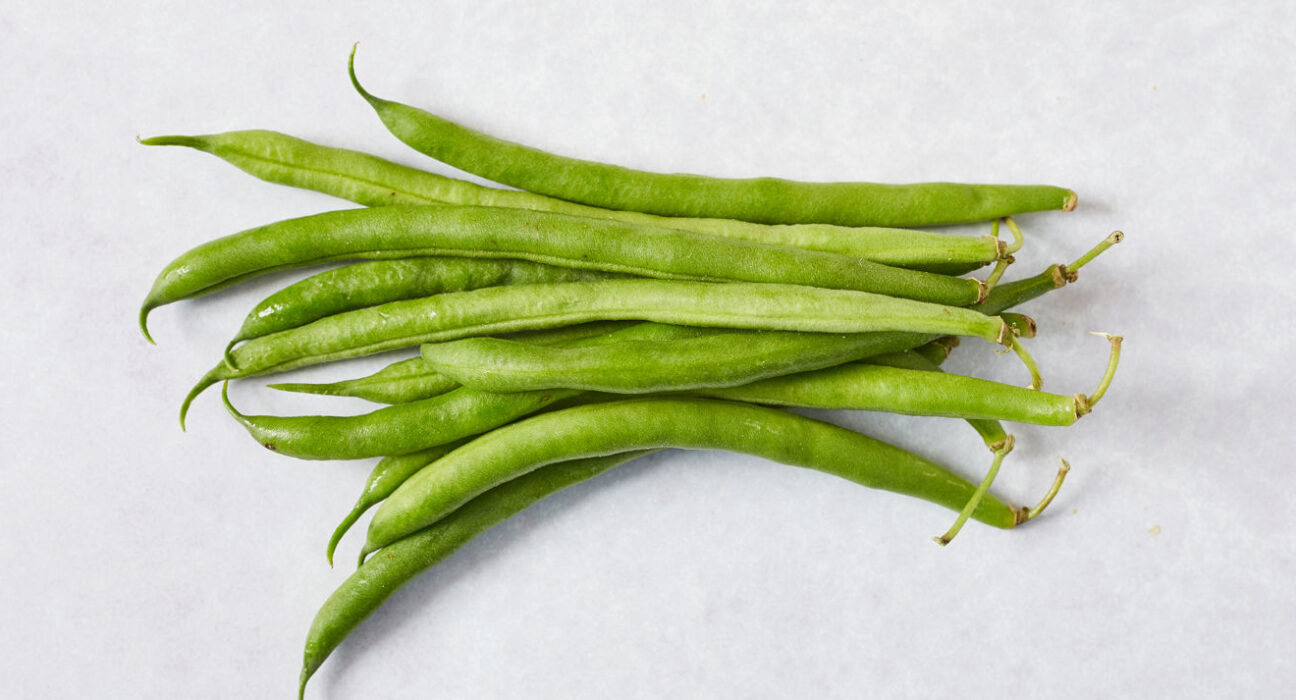Top French/Green Bean producing countries in the world

French beans, also known as green beans or snap beans, are among the most popular vegetables globally due to their nutritional value, versatility and high market demand. They are consumed fresh, canned or frozen and serve as a key export crop for many developing countries. As global demand for both fresh and processed beans rises, understanding the world’s leading producers provides important insight into market trends, opportunities and agricultural benchmarking especially for emerging agribusiness sectors in Africa and Kenya.
China – The global leader in green bean production
China remains the world’s largest producer of French beans, with an estimated annual output of around 1.2 million tons. The country’s vast agricultural base, advanced irrigation systems and strong domestic demand for vegetables have made it a dominant player in the industry. Chinese farmers cultivate beans across diverse regions, benefiting from modern farming practices, greenhouse technology and government support for vegetable production. The majority of Chinese beans are consumed locally, although a significant portion also supports the export market to neighboring Asian countries.
Turkey – A Mediterranean Powerhouse
Ranking second globally, Turkey produces approximately 450,000 tons of green beans annually. The country’s favorable Mediterranean climate and fertile soils make it ideal for bean cultivation. Turkish farmers grow both fresh and processing varieties, catering to strong domestic consumption and export markets across Europe and the Middle East. Regions such as Aegean and Marmara are notable for their extensive bean farms, supported by efficient supply chains and modern post-harvest handling facilities.
India – Expanding production for local and export markets
India follows closely with an annual production of around 400,000 tons. The country’s diverse agro-climatic zones allow for year-round cultivation of green beans, particularly in states like Maharashtra, Karnataka and Tamil Nadu. India’s production is driven by rising local consumption among health-conscious consumers and growing exports to the Middle East and Europe. The increasing adoption of hybrid varieties and drip irrigation has significantly boosted yields and quality in recent years.
Spain – Europe’s Key Supplier
Spain stands as one of Europe’s top green bean producers, yielding roughly 250,000 tons each year. Spanish production is concentrated in the Andalusia and Murcia regions, where farmers use modern greenhouse technologies to ensure consistent supply throughout the year. Spain exports large volumes to other European Union countries, particularly during winter months when local production elsewhere is limited. High standards in food safety and quality assurance have positioned Spain as a trusted supplier in global markets.
Egypt – North Africa’s Export Hub
With an estimated annual production of 210,000 tons, Egypt has established itself as a key player in green bean exports, especially to European markets. Favorable climatic conditions, access to irrigation from the Nile, and proximity to Europe provide Egyptian farmers with a strategic advantage. The country focuses heavily on producing export-grade French beans, particularly during off-seasons in Europe. Egypt’s agribusiness sector continues to grow with the adoption of advanced irrigation systems and strict compliance with international quality standards.
Italy – Tradition Meets Modern Farming
Italy produces approximately 193,000 tons of French beans annually. Italian farmers, particularly in regions like Campania and Sicily, have long traditions in vegetable cultivation. The country emphasizes both domestic consumption and export, particularly to neighboring European countries. Italian beans are known for their high quality, often grown under integrated pest management systems and sustainable farming practices.
United States – Consistent Production and Processing
The United States ranks seventh globally with around 152,000 tons of production each year. Green beans are widely cultivated in states such as Wisconsin, Florida and California. A significant portion of production goes into the processing industry frozen, canned or packaged beans for both domestic and export consumption. Mechanized harvesting and large-scale commercial farming have made the U.S. a consistent contributor to global green bean supply.
France – A Strong European Producer
France maintains an annual production of roughly 115,000 tons. The country’s well-developed agriculture sector and commitment to quality make French beans a staple in both domestic and export markets. French farmers employ modern greenhouse systems and advanced agronomy to ensure steady yields and meet stringent EU standards.
Thailand – Expanding Asian Production
Producing about 85,000 tons annually, Thailand is emerging as an important player in Asia’s green bean market. The country’s tropical climate allows for multiple cropping cycles per year, making it suitable for both local consumption and export. Thai beans are increasingly exported to Japan, China and regional markets, contributing to the country’s agricultural diversification efforts.
Netherlands – Innovation in Greenhouse farming
The Netherlands, with about 80,000 tons of annual production, represents one of Europe’s most technologically advanced producers. Dutch farmers rely heavily on greenhouse cultivation and precision farming methods, ensuring high yields and consistent quality throughout the year. Most of the production targets export markets, taking advantage of the Netherlands’ strong logistics and distribution systems.
Global production of French or green beans continues to expand as consumer demand for healthy, fresh vegetables increases. China, Turkey and India dominate the global scene, while European nations like Spain, Italy and France contribute significantly through high-quality exports. For Africa and particularly for Kenyaand East Africa these figures serve as a vital benchmark for developing competitive agribusiness strategies. With proper investment in technology, irrigation and quality standards, African farmers can tap into the growing international market for French beans and position the region as a future leader in sustainable vegetable production.










